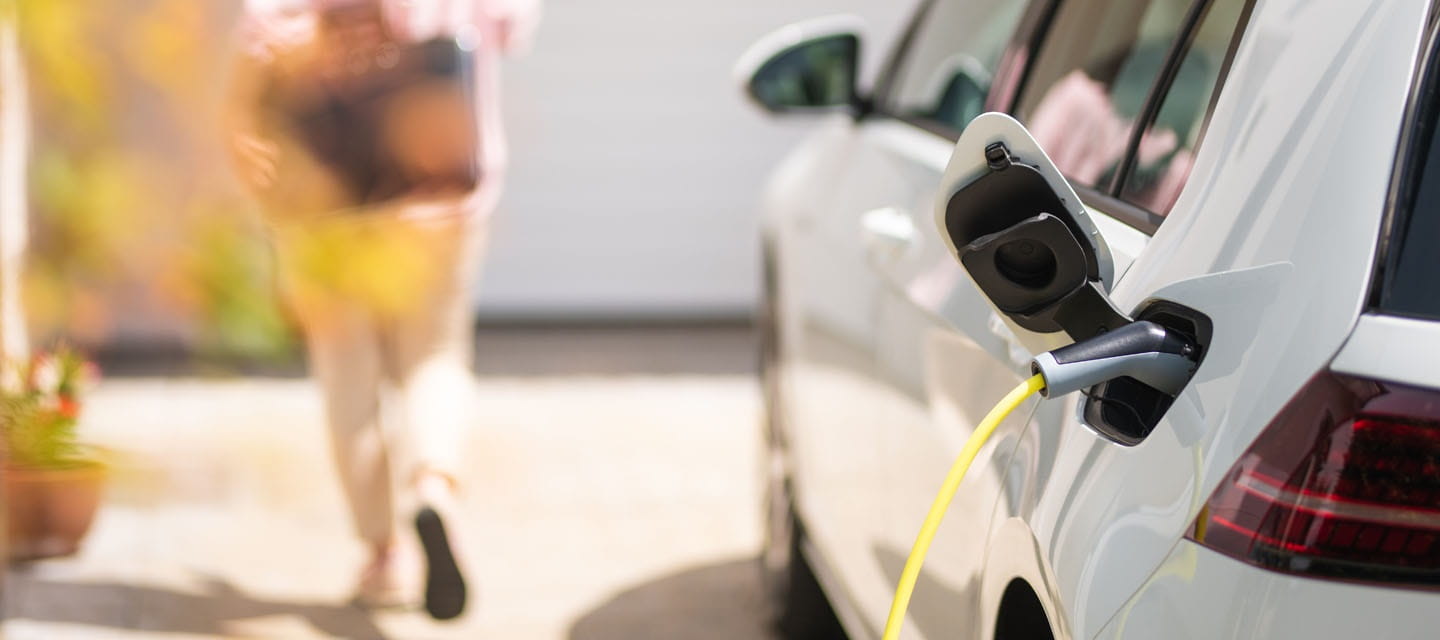
Saga's Automated Assistant

What product would you like to discuss today?
Saga's Automated Assistant
Do you currently have a policy with us?
How does your policy number appear on your documents?
When you choose a new electric car and drive it off the garage forecourt, you’ll need to know how to use a car battery charger to keep you on the road. Charging at home means you’ll benefit from lower costs and better flexibility.
But how do you choose the right electric car charger that can be used effectively and safely in your home?
To charge your car battery at home, you simply lift up the flap that covers the car’s charging socket and plug the cable in. You’ll soon find that you easily get into a regular routine of topping up your car battery just as easily as you’d fill up on petrol or diesel.
Your electric car will be supplied with a cable that you can plug straight into a standard three-pin wall socket, but these charging points can take up to 24 hours.
To get a faster charge you’ll need to install a wall charger that’s wired into your electricity supply and you’ll need to have off-road parking or a garage to avoid leaving cables trailing over the pavement.
There are different types of electric car charging units available to install at home so you should think about which of the following suits your needs:
An electric car will be compatible with either a Type 1 or a Type 2 charging connection.
Type 1: a 5-pin design with a latch to keep the plug in place to stop it being knocked out of the charger. They provide an output of between 3.7kW and 7.4kW.
Type 2: a 7-pin design without a latch. Cars using Type 2 plugs have a locking pin that keeps the plug in place. These can deliver up to 22kW at home.
Newer electric cars have a Type 2 connection, which is a requirement for all electric cars that are sold in the EU. This is the connection type you’ll use when charging at home and type 1 to type 2 converters are available.
There isn’t a universal connector for electric vehicles and all electric car chargers aren’t yet the same. Each charger type, whether it’s slow, fast or rapid, will have the ability to connect your car to low or high power, and to AC or DC charging, depending on where and how you are charging.
Your car will be supplied with a cable that has the right plug that can be used to charge your car in different situations.
You’ll be ready and able to charge your car when it needs it, at home and away. To find the best public charge points you can use an app like ZapMap which has all the information you need and can be filtered by connector type, EV type or charging speed.
The cost of an electric car charger depends on the power of charge and any additional smart features you want the charger to have.
The cost of the charger usually includes fitting, but if changes need to be made to your home’s wiring, there may be more to pay. Some car manufacturers offer a free or discounted wall charger and fitting when you buy your car, so it’s worth looking out for this kind of offer.
There are around 40 different manufacturers of home charging units, Zap-Map has a searchable list of approved installers to help you find a suitable installer in your area.
The simplest way to arrange installation is through the wall charger manufacturer, who typically include costs of installation with your purchase and have their own network of installers. You can arrange to have a wall charger installed by a technician of your choice, but they will need to be qualified to do the work and accredited by the wall charger manufacturer.
The technician will need to check your electricity circuits and make sure your charger can be installed safely where you want it. Having the charger installed in your garage is a neat solution if technically possible, as it keeps the charger out of sight and convenient to charge a car that you keep garaged overnight.
As the number of properties with a home wall charger rises, so do concerns about security. Most home chargers on the market don’t have any built-in security to stop anyone ‘stealing’ electricity by using your charger without permission.
However, this isn’t likely to happen as:
If you’re still concerned about security, having your charger installed in a lockable garage would help.
Many of the smart meters on the market come with an electric car charger lock, which can either be a physical switch inside your home, or a lock that can be switched on and off remotely via the smartphone app you use to manage your smart meter.
When you’re charging your car at an untethered public charging station, you may be at risk of charging cable theft. Charging cables contain expensive copper that make them attractive to thieves and can have scrap metal value. It could cost you hundreds of pounds to replace a stolen cable.
The cables might be stolen from your boot, or from a charging station if your car is unattended.
Using an EV charging cable lock or padlock will put your mind at ease. This is a heavy-duty plastic-sleeved chain that you can pass around the cable and through the wheel spokes and padlocked.
Store your cable out of sight in the boot of your car, use a padlock and always be aware of where you’re leaving your car to charge. As with all other car-related theft, being aware of potential security issues means you can actively try to avoid them.
Home charging stations are very safe when used and maintained correctly. Understanding how your new electric car works and how to safely charge it is important, so here’s a few tips:
Following these simple and common-sense guidelines and getting comprehensive insurance for your electric car will ensure that you continue to drive, charge and enjoy your new electric car for years to come.
Saga Car Insurance is arranged and administered by Ageas Retail Limited and underwritten by Ageas Insurance Limited.
If you're looking for an electric vehicle policy, we offer car insurance for a variety of electric cars for people over 50.


Choose our highest car cover level Saga Plus and freeze the price of your car insurance for 2 years if nothing changes. T&Cs apply.
There's plenty to explore and learn about our car insurance cover.
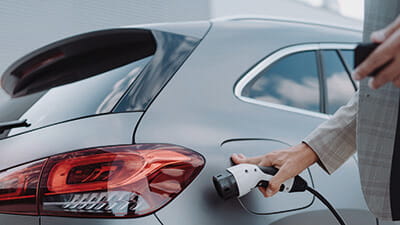
If you’re thinking of driving towards a greener future, here’s what you need to know about electric car insurance.

The UK has some of the best road trip destinations in the world. But which road trips are best suited to electric cars and the specific model you have? We’ve analysed things like distance and availability of charging points along the best roads the UK has to offer.

Get to know the ins and outs of our car insurance and how you can make the most of your cover
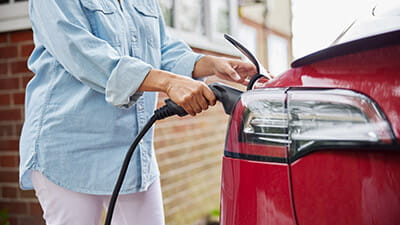
Leasing an electric car can be a flexible and affordable way to test out this new technology.
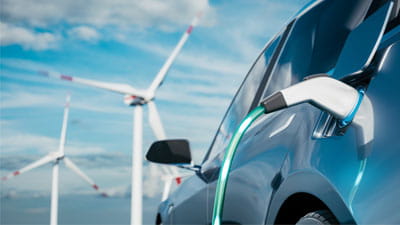
There’s lots of options to keep your electric car fully charged and ready to go so you can enjoy driving without worries.
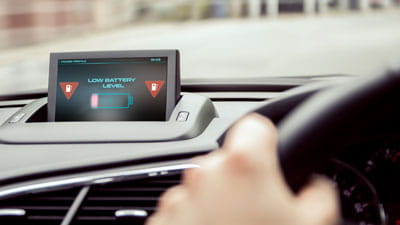
Are electric cars as reliable as petrol and diesel? Battery life needn’t be a barrier to switching.
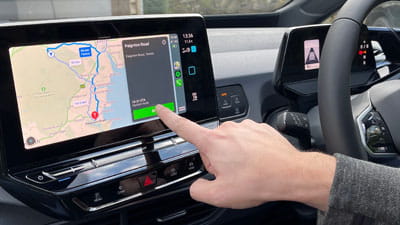
How do you know if your electric car charge is enough for your journey? We help you work it out.
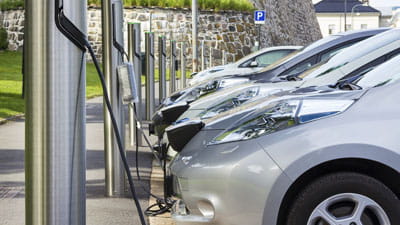
How much does it cost to charge an electric car, and how easy is it to stay topped up as you drive?
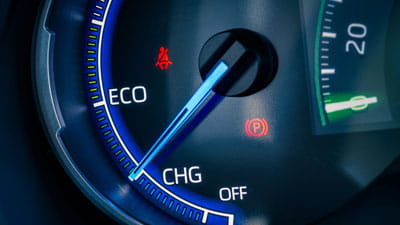
Stay topped up and ready for driving action with our quick guide to charging time and options.
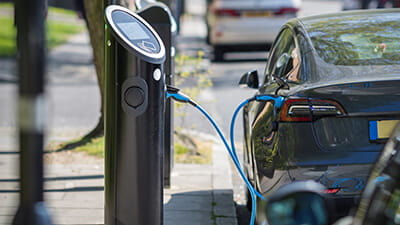
Discover the tax benefits that come with buying and driving electric cars.